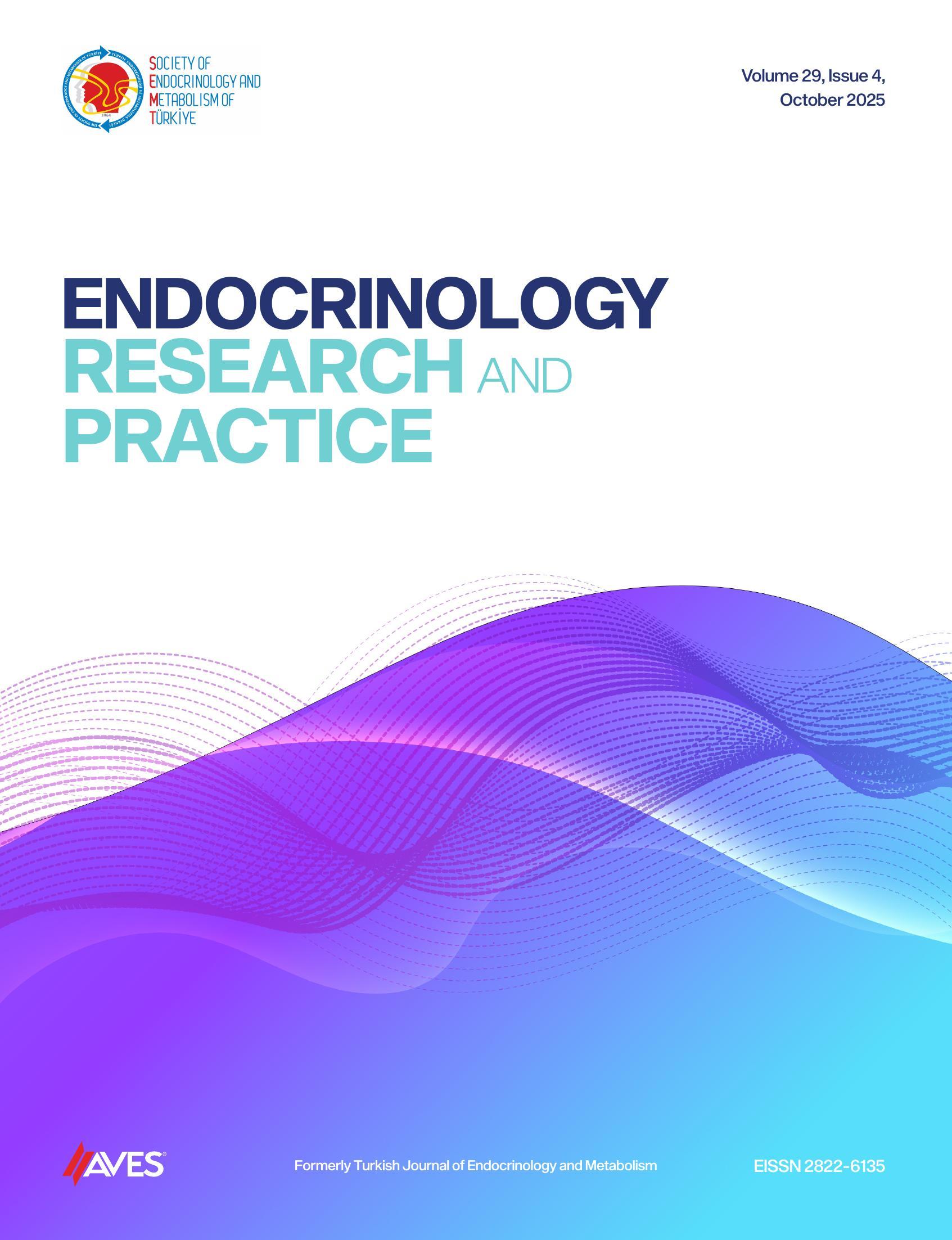Objective: To compare glucose, insulin, and C-peptide responses following the 75 g oral glucose tolerance test (OGTT) and a standardized mixed meal tolerance test (MMTT) in healthy pregnant women at 24-28 weeks of gestation, and to evaluate the diagnostic performance of MMTT in identifying gestational diabetes mellitus (GDM).
Methods: In this prospective methodological crossover study, 22 pregnant women underwent both a 75 g OGTT and a standardized 594 kcal MMTT on separate fasting days. Blood samples were collected at 0, 30, 60, 90, 120, 150, and 180 minutes to measure glucose, insulin, and C-peptide. Subgroup analyses were based on GDM status. ROC analysis assessed the diagnostic value of MMTT glucose levels.
Results: In the non-GDM group, OGTT produced higher glucose levels between 30 and 120 minutes, while MMTT showed a more gradual profile with an early insulin peak at 30 minutes. In GDM, earlyphase insulin and C-peptide responses were reduced and delayed, with prolonged elevations during the late postprandial phase. Both tests identified these impairments, but MMTT exhibited a more physiologic and balanced response. Receiver Operating Characteristic (ROC) analysis showed that MMTT glucose at 120 minutes (>111 mg/dL) and 150 minutes (>91 mg/dL) had area under the curves of 0.818 and 0.819, with sensitivity and specificity of 60% and 94.1%, and 99% and 64.7%, respectively. Follow-up of 5 GDM cases during and after pregnancy added clinical value.
Conclusion: Mixed meal tolerance test revealed early-phase hormonal defects in a more physiologic pattern, possibly reflecting compensatory responses in milder GDM. While limited by a small GDM sample size, its diagnostic potential and standardized design warrant further investigation in larger cohorts.
Cite this article as: Polat Korkmaz O, Bicer E, Madazlı R, Konukoglu D, Siva ZO. Mixed meal versus oral glucose tolerance test for gestational diabetes mellitus screening: A diagnostic and metabolic comparison in pregnancy. Endocrinol Res Pract. 2025;29(4):306-313.

-1(1).png)

.png)